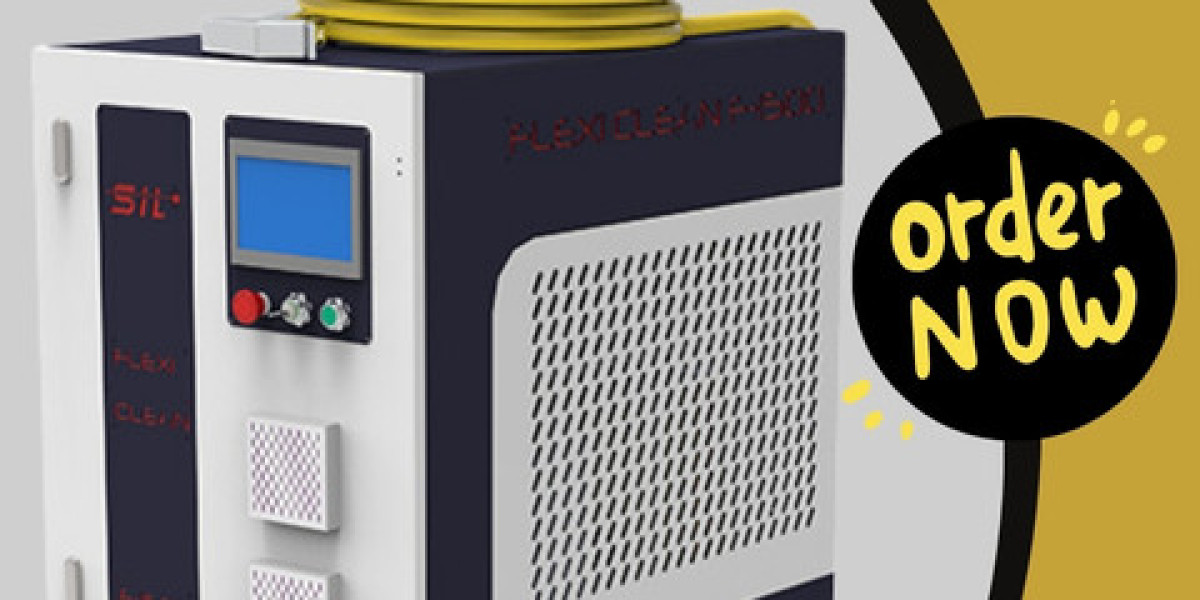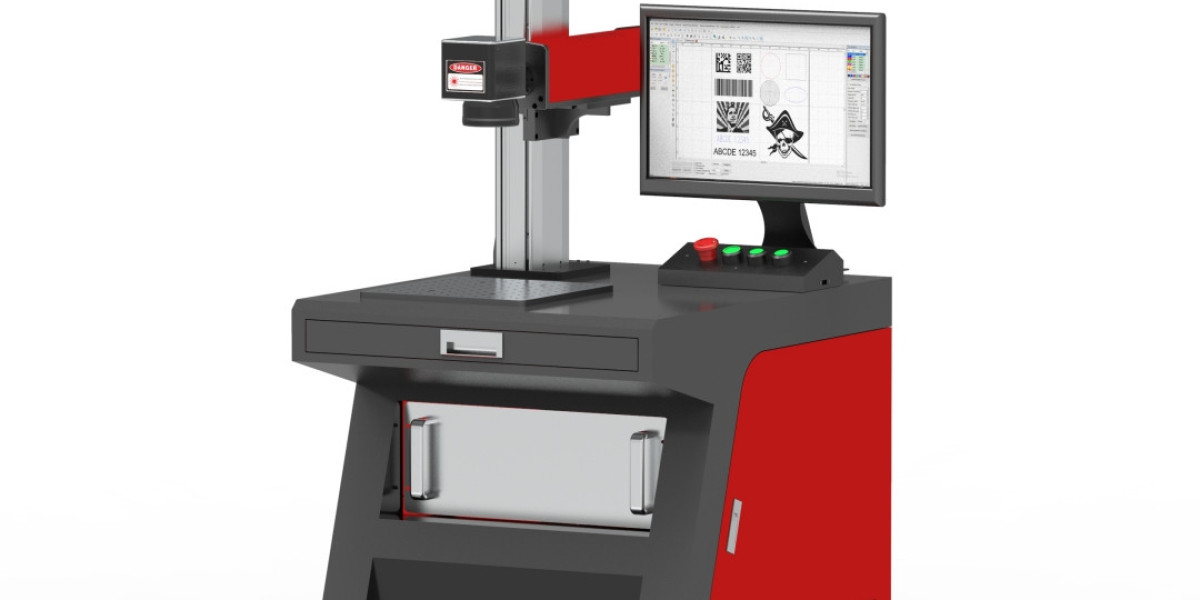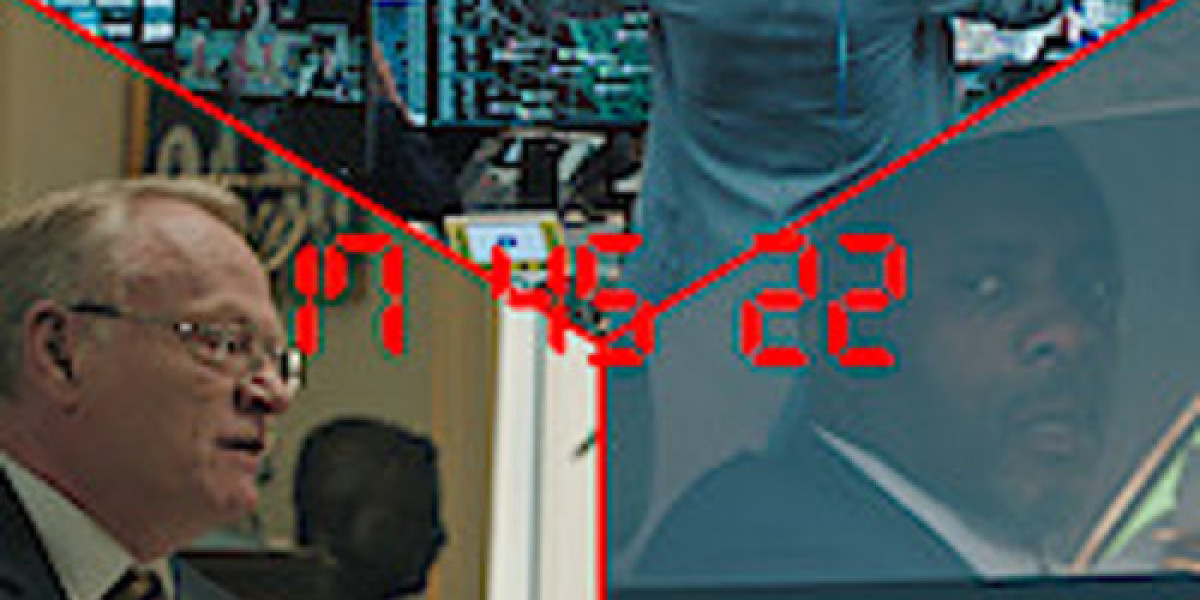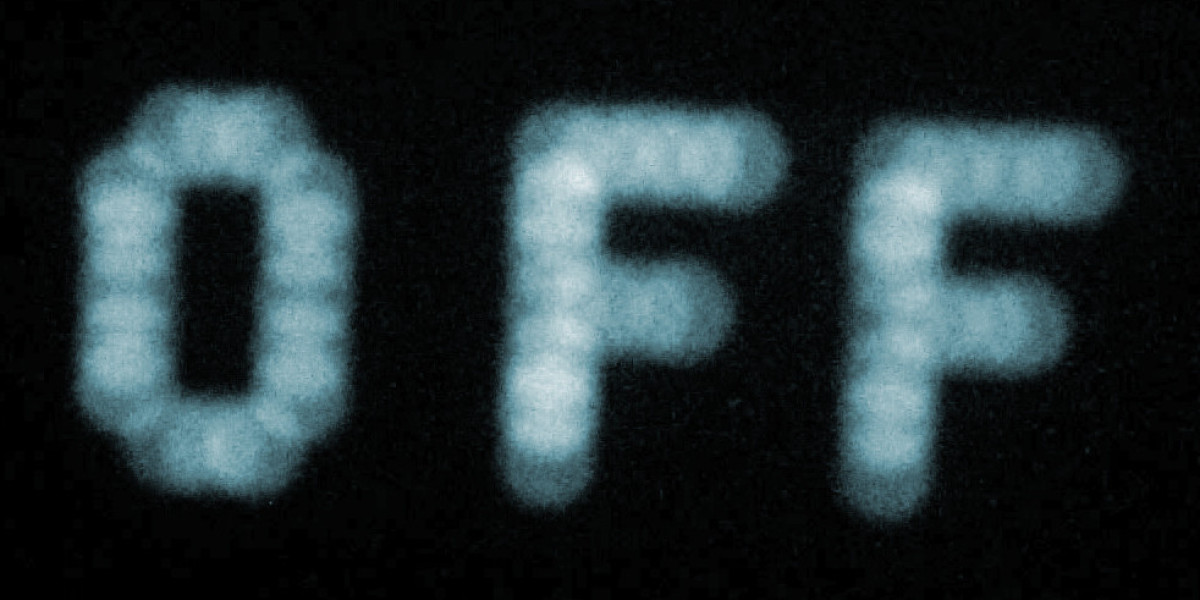In contrast, a laser rust cleaner offers a precise and efficient way to remove rust without harming the base material. It represents a turning point in industrial cleaning, combining modern technology with practical performance.
What is a Laser Rust Cleaner?
A laser rust cleaner is a tool that uses high-energy laser beams to remove rust, paint, oxides, and other contaminants from metal surfaces. It works through a process called laser ablation, where the beam interacts with the surface and vaporizes unwanted layers without damaging the underlying metal. The process is non-contact, meaning no physical abrasion or use of chemicals is involved.
This technology uses fiber laser systems — known for their stability and precision — making it suitable for cleaning metal parts, tools, molds, and even delicate restoration projects. The versatility of a laser rust cleaner has made it increasingly popular across industries where cleanliness and material integrity are crucial.
How a Laser Rust Cleaner Works
When the laser beam hits the rusted surface, the energy is absorbed by the rust layer, which quickly heats up and evaporates or peels off. Because the base metal reflects most of the laser light, it remains intact and unaffected. The process happens in milliseconds, allowing operators to clean surfaces efficiently without any chemical residue or secondary waste.
Some models of laser rust cleaner machines allow users to adjust the laser’s power, pulse duration, and scanning speed to match different surface conditions. For example, a thin layer of oxidation on stainless steel requires less energy compared to heavy corrosion on iron or cast steel. The ability to fine-tune these settings ensures safe operation across various materials.
Industrial Applications of Laser Rust Cleaner
The use of a laser rust cleaner extends far beyond just rust removal. It is becoming a standard tool in industries that require high precision and environmental compliance. Here are some of the most common applications:
Automotive Industry – Car manufacturers and restorers use laser rust cleaners to prepare metal surfaces before painting, welding, or coating. It helps ensure strong bonding and clean finishes.
Shipbuilding and Marine Maintenance – Metal hulls and ship components exposed to seawater corrode quickly. Laser cleaning removes rust and biofouling without damaging structural integrity.
Aerospace Industry – Aircraft components demand meticulous cleaning standards. A laser rust cleaner removes oxidation and coating residues without altering part dimensions.
Tool and Mold Cleaning – Precision molds for plastics or metals often require periodic cleaning. Laser systems can remove surface deposits without scratching or reshaping molds.
Cultural Heritage Restoration – Conservators use low-power laser rust cleaners to remove oxidation and contaminants from historical artifacts, statues, and sculptures made of metal.
Each of these sectors benefits from the non-destructive and eco-friendly nature of laser cleaning, which minimizes waste and ensures safety for both operators and the environment.
Environmental and Safety Aspects
Traditional rust removal methods often rely on abrasive media or toxic chemicals, producing dust and hazardous waste. In contrast, a laser rust cleaner operates with no chemicals, no solvents, and no secondary waste. The removed particles can be collected using a vacuum or filtration system, ensuring a clean working environment.
Moreover, because the process is contactless, there’s no risk of tool wear or surface deformation. The laser beam can be operated manually through a handheld device or automated using robotic arms for large-scale production environments. Safety goggles and proper ventilation are recommended, but the operation itself is far safer than grinding or sandblasting methods.
Why Industries are Moving Toward Laser Rust Cleaner Technology
Manufacturers around the world are turning to laser rust cleaner systems because they combine efficiency with cost-effectiveness over time. While the initial investment may seem higher than conventional cleaning tools, the long-term benefits are substantial. Reduced maintenance, minimal consumables, and improved process control make laser cleaning an appealing solution for companies focusing on productivity and sustainability.
In industries where precision and cleanliness directly affect product quality, laser technology is not just an innovation — it’s becoming a standard. For example, in automated production lines, robotic laser cleaning systems integrate seamlessly with sensors and cameras, ensuring consistent cleaning across all parts without manual intervention.
Maintenance and Operational Tips
Operating a laser rust cleaner is relatively straightforward, but maintaining the system ensures longer service life and optimal performance. Here are some practical considerations:
Clean the optics regularly to prevent contamination that could scatter the laser beam.
Check the cooling system periodically to ensure stable operation, especially in high-power units.
Store the fiber cable properly to avoid bending or twisting that might affect laser transmission.
Operate in a dust-free environment when possible to maintain optical efficiency.
Use correct settings for each material to prevent unnecessary wear or energy waste.
Routine maintenance not only extends equipment life but also keeps the laser operating at its peak precision.
Comparing Laser Rust Cleaner with Traditional Methods
Unlike sandblasting or grinding, which remove rust through friction, the laser rust cleaner uses a purely optical process. This means there’s no abrasion, no surface deformation, and no need for consumables like sand or chemicals. Chemical cleaning, on the other hand, often requires handling acids or solvents that pose environmental risks. Laser cleaning eliminates these concerns entirely.
The precision of laser technology allows selective cleaning — for example, removing rust from small areas without affecting surrounding coatings or paint layers. This level of control is almost impossible with mechanical methods, making laser cleaning a preferred option for industries that demand high accuracy and reliability.
Market Growth and Future Outlook
The global market for laser rust cleaner systems has been expanding rapidly. With industries increasingly focusing on green manufacturing and automation, demand for laser cleaning is projected to continue growing. Fiber laser innovations, compact designs, and better cooling systems are making these machines more accessible to small and medium-sized enterprises as well.
In the coming years, the combination of robotics and artificial intelligence with laser cleaning systems will further enhance speed, precision, and adaptability. This evolution will likely position laser rust cleaner technology as the new benchmark for surface treatment and rust removal worldwide.
Final Thoughts
The laser rust cleaner has transformed how industries approach metal surface preparation and maintenance. It offers a cleaner, faster, and more sustainable alternative to traditional methods, reducing waste and preserving material quality. As technology continues to evolve, laser cleaning is becoming an integral part of industrial operations, ensuring long-term reliability and environmental responsibility.
Choosing a laser rust cleaner means investing in precision, efficiency, and a future-ready solution for rust and surface contamination challenges.








